Why Does My Toilet Smell? 7 Possible Reasons
-
Pete Ortiz
- Last updated:

Nobody wants to walk into their bathroom or, more awkwardly, have a guest walk into their bathroom, and turn up their nose due to an unpleasant odor. You have cleaned and disinfected and perhaps even lit scented candles, which helped momentarily, but the smell is not moving.
There could be a few reasons for the unpleasant smell reeking from your toilet bowl, so let’s have a look at what you can do to eliminate the odor.
The 7 Reasons Your Toilet Smells
1. Blocked Toilet Drain or Pipe
If a blockage in your toilet’s drain or pipe is not cleared, it will begin to smell. First, you need to identify if items that shouldn’t be flushed have been flushed down the toilet, such as wet wipes, cotton swabs, and dental floss.
You should flush only toilet paper down the toilet and avoid using too much paper since it can cause a blockage. If the blockage is significant, you will need to contact a plumber as they will have the right tools and skills. If the blockage is minor, try flushing the toilet once to see if it clears the blockage. When there is little water in the bowl, something is likely preventing ventilation in the pipe. You can use a plunger to release the backup or try an enzyme cleaner to break down the blockage.
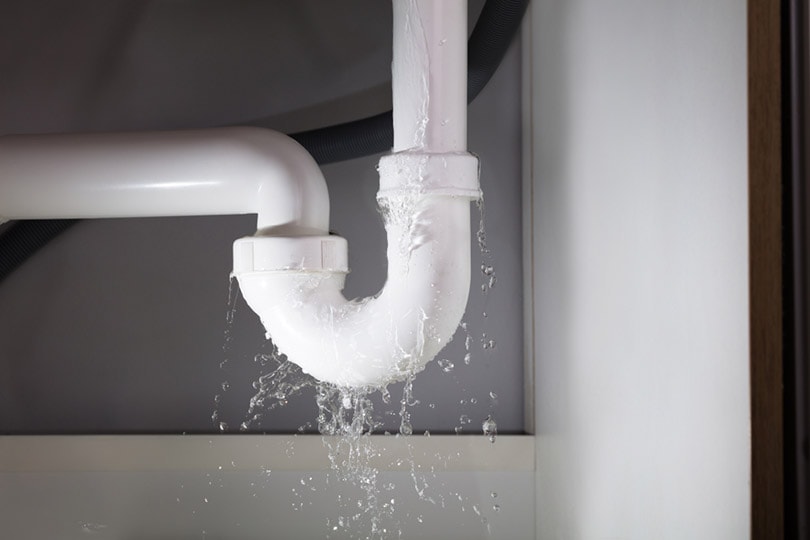
2. Bacteria In the Pipes
Most of the time, the nasty bacteria in toilet pipes stay put. However, it becomes a problem when bacteria colonies end up in the toilet bowl and under the rim. The bacteria begin to thrive and grow, and bad-smelling odors are emitted when this happens.
You need to kill the bacteria to eliminate the odor, and one of the best ways to do that is to add about half a cup of bleach to the cistern and flush it a few times. You should ensure the bleach reaches all the way around the rim. You can also add bleach directly to the toilet bowl and use a toilet brush to scrub it. Be sure to clean your toilet at least once a week to prevent bacteria from growing.
3. Damaged or Old Wax Seal
Every toilet has a waxed ring around the base that is airtight to prevent moisture and bacteria from escaping and growing in small cracks. If the seal gets old, loose, or damaged, sewer gasses can easily escape through the cracks, and you will start to smell something unpleasant. Water that appears to be seeping out of the base of your toilet is the first sign of a failing wax ring. Water stains on the ceiling from the floor below are another sign to look for.
Inspect the wax seal to see if it has any damage. If there are cracks, you can apply caulk to the damaged area. However, if your toilet is loose and wobbles, you may need to call a plumber to replace it.

4. Low Water Level
When the water level in the toilet bowl becomes too low, smelly sewer gases can seep out and escape. This could be due to a blocked pipe that doesn’t allow the water level to reach where it needs to be or if you have a pet that continually drinks out the water bowl and causes the water level to lower.
Place the fill tube so that water flows into the overflow tube (the open pipe near the center of the tank). If this does not resolve the issue, replace the fill tube. If your thirsty pet is the cause, keep the toilet lid closed.
5. Clogged Vents
Drain vents keep bathrooms and toilets well ventilated. The pipe ventilates and removes sewer gas, allowing air to enter the system and wastewater to flow quickly through and into the main sewer line. If this vent is clogged or poorly designed, sewer gas will not be able to escape. This could be caused by a dead animal, soap scum, or grease that has built up.
You will need to contact a plumber to fix the problem.
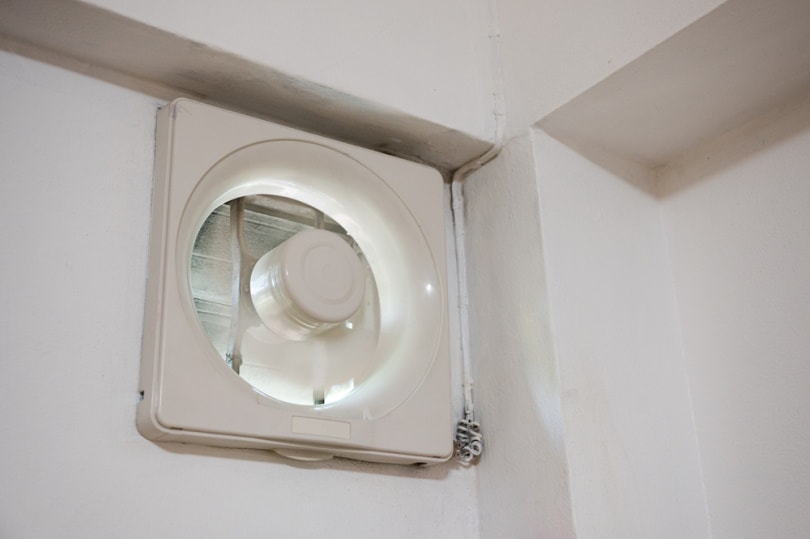
6. A Crack In the Toilet
If your toilet bowl has a crack on the inside or outside of the toilet, in the cistern or bowl, above or below the water level, or anywhere in between, the water levels could get low regularly and leak out into the drain. Telltale signs of a cracked toilet are the toilet bowl or cistern are not holding enough water, water pooling on the floor around the toilet, or the filling mechanism is constantly running.
If the crack is less than 1/16th of an inch, you should be able to fix it yourself, especially if it is above the water level or outside the toilet. You can drain the toilet and fill the crack with a plumber’s epoxy. Cracks below the water will require the assistance of a professional plumber.
7. Evaporated Water In P-Trap
If the odor comes from a less frequently used bathroom or you started smelling it after returning from an extended holiday, it’s because the p-trap has likely run dry. The “p-trap” is the pipe behind your toilet that dips down and returns up in the shape of a “p.” It keeps sewage gasses from entering your home and can only function correctly when filled with enough water. When your family does not use the toilet frequently enough, the water in the p-trap evaporates, allowing sewage gas and its foul odor to enter the toilet.
This is the simplest problem to solve. Flush your toilet several times to re-fill the p-trap with water, allowing it to trap and prevent gasses from entering your home.
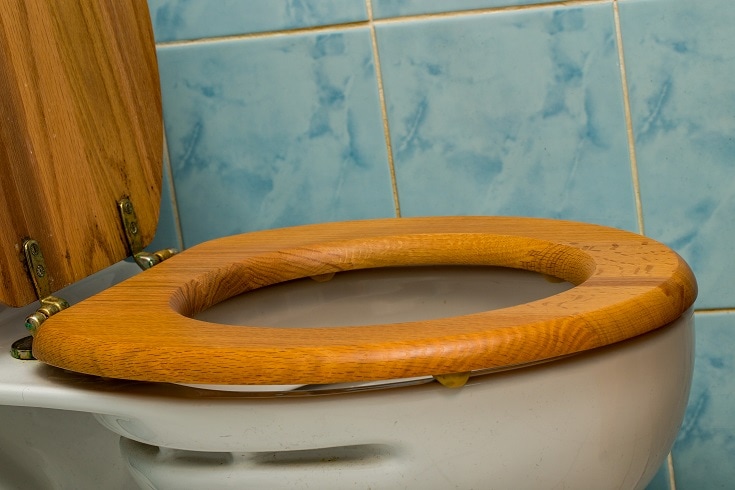
Tips for Keeping Your Toilet Smelling Fresh
Using a cleanser that is water soluble and can be easily dissolved can help in preventing foul odors in and around the toilet. Doing this regularly can keep odors away for longer by preventing bacteria buildup.
Choose the Right Cleaning Products
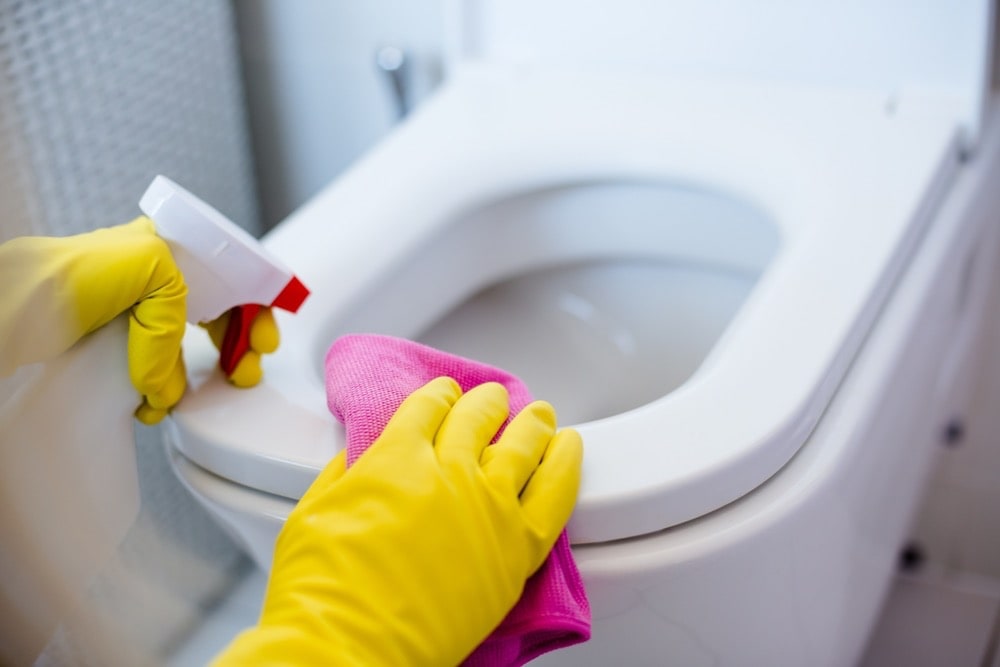
Choose an appropriate toilet cleaner that will clean and disinfect the toilet bowl. Your local store will have a variety to choose from, or you can make your own by mixing baking soda, white vinegar, and essential oils such as tea tree or lavender.
Add Toilet Cleaner to the Cistern
After cleaning your toilet, add a couple of drops of toilet cleaner to the flush tank. The toilet cleaner enters the toilet bowl with each flush, removing any residue left behind. It also helps break down any mineral and limescale deposits and eliminates the need to spend time scrubbing the toilet to remove stains.
Clean the Outside of the Toilet
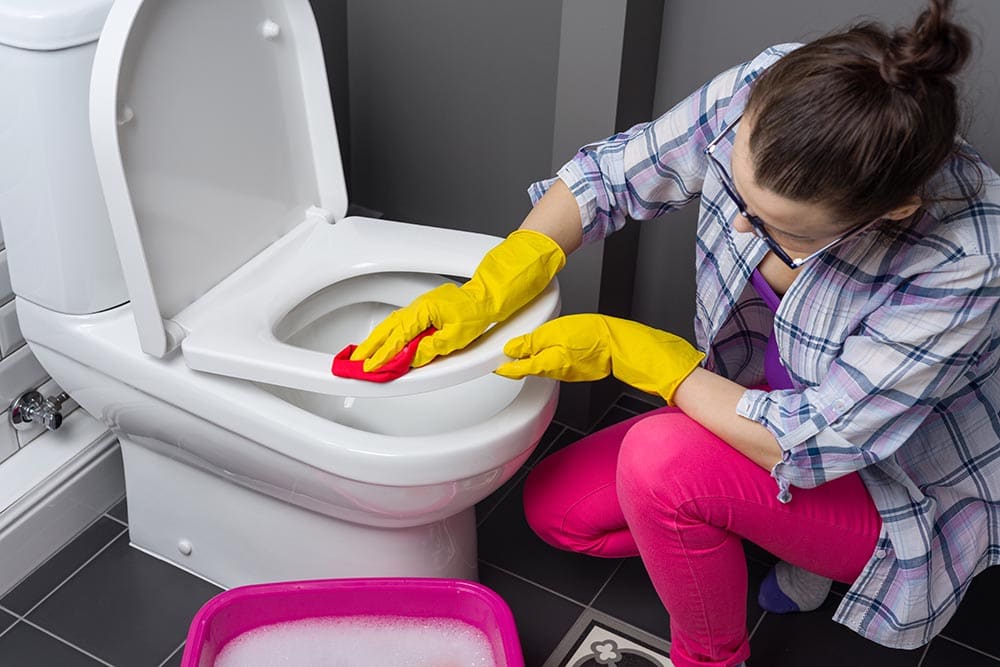
While cleaning the toilet bowl on a regular basis, we may overlook cleaning the outside of the toilet, particularly the toilet seat. Make sure that the entire toilet is wiped down with a cleaning product while cleaning it, including the flusher, to prevent germs from spreading.
Disinfect Your Toilet Brush
It makes no difference how frequently you scrub and clean your toilet if you use a filthy brush. After each use, soak the brush and holder in an equal parts vinegar and water solution overnight. Rinse well with hot water and allow it to air dry.
In Conclusion
There are a few reasons your toilet could be smelling, and while some are minor and can easily be remedied, sometimes it is better to call in the professionals. While it’s nice to light scented candles and shop around for lovely-smelling air fresheners, they are not solutions and will temporarily mask the unpleasant smell. Luckily, the reasons for a smelly toilet all have remedies, and there is no need for you or your guests to have to deal with a foul-smelling bathroom.
Featured Image Credit: Ju Jae-young, Shutterstock
Contents


